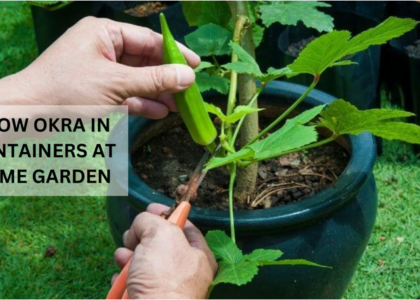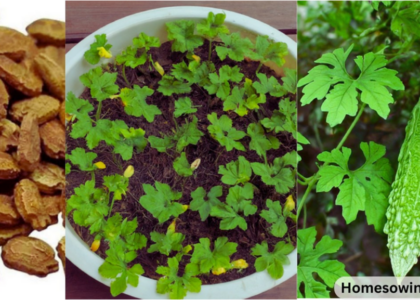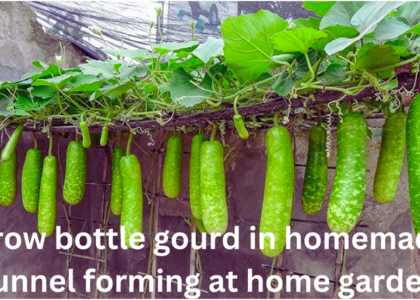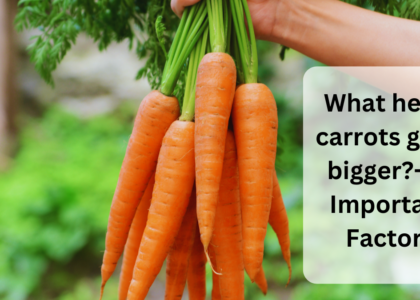Carrots, with their vibrant hues and crisp textures, grace the gardens of many home enthusiasts. Achieving a harvest of plump and flavorful carrots involves a strategic approach to fertilization. We unveil four top-notch fertilizers that promise to transform your carrot patch into a thriving haven of orange, purple, or yellow delights.
1. Homemade Composed
Make your own compost. But, remember; don’t make it too heavy with nitrogen. Instead, focus on creating compost rich in phosphates and potassium by adding things like potato peels, banana peels, and cucumbers. Steer clear of too much nitrogen from grass clippings, coffee grounds, and manure. A good mix is two parts brown stuff (like leaves) to one part green stuff (like kitchen scraps).
Now, the best time to use your homemade compost is in the spring before you plant your carrot seeds. Dig it into the soil; about 2 inches deep where you plan to grow your carrots. When you plant the seeds, you can also sprinkle a bit of compost on top before giving them a good watering.

2. Potash
Potash is a helpful fertilizer for carrots because it provides them with a lot of potassium. Potash is made from wood ash using a process where the ash is collected and evaporated in metal pots.
Why should you use potash for your carrots? Well, when carrot plants get enough potassium, it boosts their ability to do important things like photosynthesis and taking in water. If they don’t get enough potassium, your plants might get burnt or grow big stems.
Potash is especially useful if your soil is too acidic. It actually helps to make the soil less acidic and brings it to a level that carrots love, which is between pH 6 and 7.
To put potash in your carrot garden, check the instructions on the potash you buy. The label will tell you how much to use based on the size of your garden. Put the potash on the soil before planting in the spring or in the fall for next year’s carrot garden. If it’s a solid kind, just sprinkle a little on the soil before you plant your seeds and mix it into the top layer. If you’re using wood ash, be sure to wear protective gear like gloves and a face mask.

3. Kelp
Looking for a natural way to make your carrots happy? Well, you might want to consider using kelp fertilizer made from seaweed. It’s like giving your carrots a special treat because kelp is packed with tiny but super important nutrients like boron, iron, magnesium, and calcium.
Now, why are these tiny nutrients so great? They help your carrots grow better and become strong enough to handle challenges like weather changes. If your carrots are missing these special nutrients, they might look a bit off – like having odd colors or weak leaves. If you see these signs, giving them some kelp fertilizer is like giving them a nutritious boost.
You can find kelp in different forms like a meal or a liquid extract. Each has its own strength, but generally, you only need about a pound of kelp meal for every 100 square feet of your garden. Liquid kelp amounts depend on how concentrated it is and how much you dilute it.

4. Bone Meal
Thinking about giving your carrots a natural boost? Well, consider using bone meal – it’s like a powerful powder made from ground-up animal bones that works wonders for your plants.
Here’s why it’s great for your carrots: it’s rich in phosphorous (which is like a super nutrient for roots) and has low levels of nitrogen. Plus, bone meal brings in helpful microbes; little helpers that make your plants grow better and keep your garden soil healthy.
Using bone meal is a breeze. For every 100 square feet of your garden, just spread about 10 pounds of bone meal before you plant your carrot seeds. Instead of just sprinkling it on top, mix it well into the soil’s top few inches. It’s like giving your soil and carrots a nutritious treat right from the start.

When to Fertilize
Now that you know the best fertilizers for promoting carrot growth, you need to know when to fertilize. It is recommended to apply fertilizers specifically formulated for carrots before the seeds are planted, typically during the spring season. This pre-planting application facilitates the integration of essential nutrients into the soil, laying a foundation for robust carrot development.
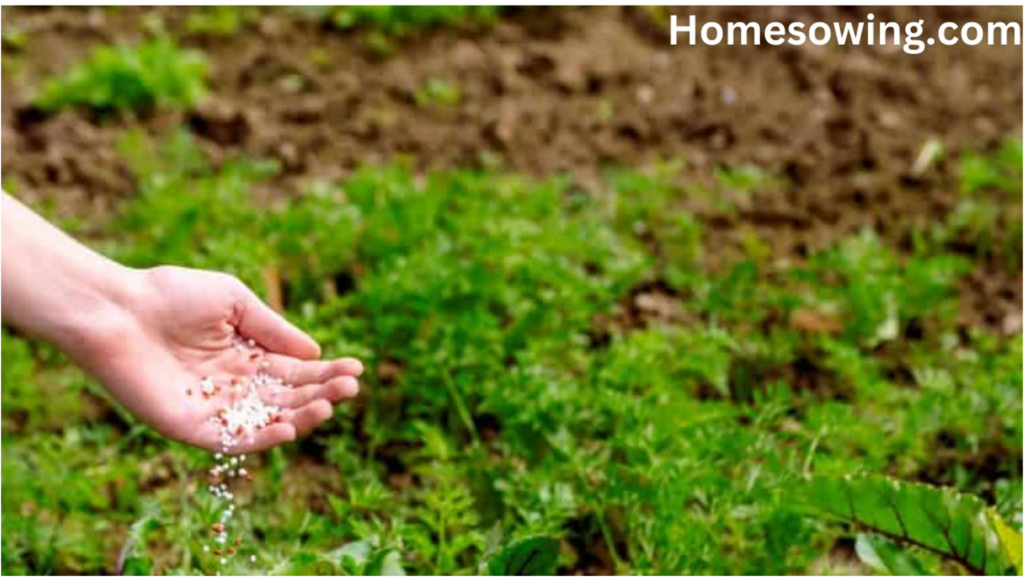
When applying fertilizers, meticulous attention should be paid to the chosen method. Whether using manual spreading, a spreader, or a sprayer for soluble fertilizers, uniform coverage is paramount. Thoroughly mixing the fertilizer into the soil after application is essential to promote the seamless absorption of nutrients, contributing to the event and healthy growth of carrots.
Selecting the right fertilizers is a critical consideration, as carrots have distinct nutritional requirements. Unlike conventional chemical NPK fertilizers, which are typically applied six weeks after planting, recommended fertilizers are best administered prior to seed planting. Additionally, garden planning should account for the unique needs of carrots, ensuring that the chosen fertilizer components align with their specific requirements.
Precision in the use of application tools is advised to achieve an even distribution of fertilizers across the cultivation area. Whether using spreaders or sprayers for soluble fertilizers, the goal is to ensure that nutrients are uniformly delivered to the soil. Regular monitoring of carrot plants enables timely adjustments to the fertilization regimen, ensuring ongoing health and vitality throughout the growth cycle.








